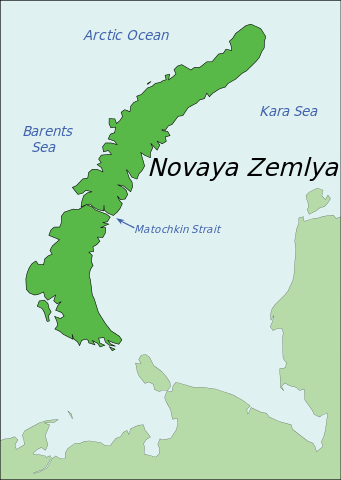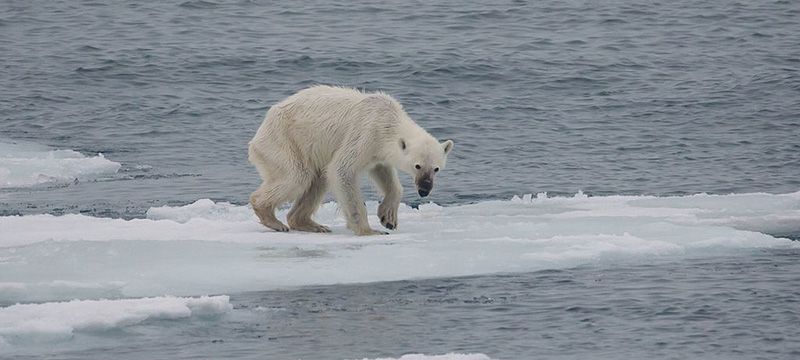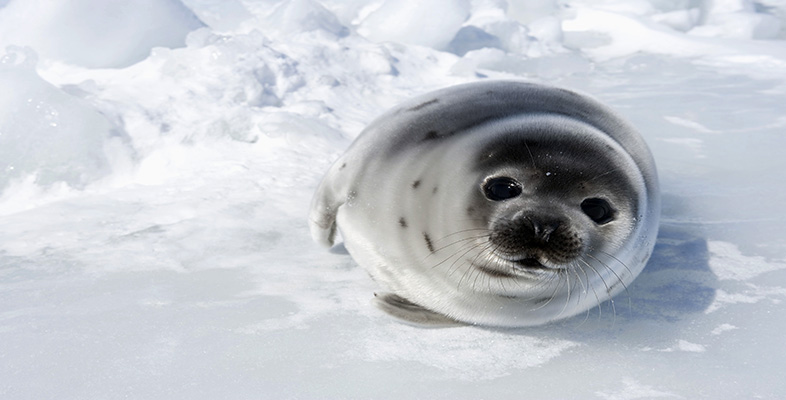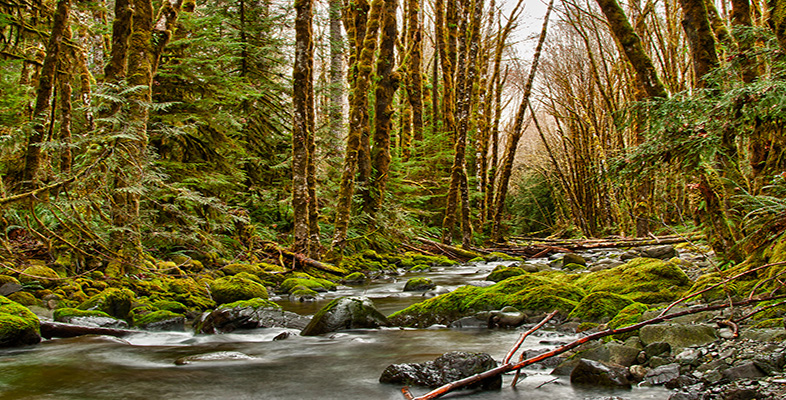As a psychologist and coach, I have long been interested in the power of stories to convey important lessons. Some of my earliest recollections were fables, stories involving animals as protagonists. Fables are an oral story-telling tradition typically involving animals, occasionally humans or forces of nature interacting with each other. The best-known fables are attributed to the ancient Greek storyteller Aesop, although there are fables found in almost all human societies and oral traditions making this an almost universal feature of human culture. A more modern example of an allegorical tale involving animals is George Orwell’s Animal Farm, in which animals rebel against their human masters only to recreate the oppressive system humans had subjected them to. Fables work by casting animals as characters with minds that are recognisably human. This superimposition of human minds and animals serves as a medium for transmitting and teaching moral and ethical values, in particular to children. It does this by drawing on the symbolic connection between nature and society and the dilemmas that this connection can be used to represent. Fables have survived into the modern age, although their role seems to have waned under the emergence of other storytelling media. Animals are, thus, still a feature of modern day stories (e.g. David Attenborough’s wildlife programmes, stories about animals in the news, and and CGI-heavy children’s cartoons involving cute animal characters). Our more immediate and visceral connection with nature and with the different type of animal species seems to have been reduced to being observers rather than participants. Wild animals in ancient times were revered as avatars of ancient gods but also viewed with fear. By and large, our modern position as observer in relation to animal stories is that we remotely view animals in peril from climate change on television and social media news coverage, but we may remain disconnected to the fundamental moral lessons their stories could teach us today.
 Map of Novaya Zemlaya
A poignant example of a modern-day fable is the story about a sloth of 52 polar bears ‘overrunning’ the Siberian town Belushya Guba. Beluysha Guba is a settlement with a human population of around 2500 people and lies on the Siberian Arctic island of Novaya Zemlaya, a former Soviet nuclear test site. Around 9th of February 2019, a story began to break in the news of 52 polar bears invading Beluysha Guba, in search of food, causing disruption and concerns within the population of the small town. Often portrayed as cuddly, polar bears are apex predators and not afraid of humans, though usually not found in such large numbers near human settlements. Polar bear attacks on humans are rare, although if they occur can be fatal for both humans and bears (who are killed in response). The increasing disappearance of sea ice and hunting grounds means polar bears are facing a stark choice - starve to death or move somewhere where there is food. Human settlements are abundant places for edible food, in the form of waste. The likely reason why the bears filmed in Belushya Guba appear to be quite well fed is that scavenging is less energy-intensive than hunting for seals and offers the bears are more secure and abundant food source. The human response in this story is entirely predictable in sending in ‘experts’ to drive the bears away, or worse cull them. Despite ecologists’ warnings that polar bears will be pushed to extinction by climate change, all the world seems to be able to do is to keep watching this slow-motion extinction unfold with Belushya Guba being a window into this process.
Map of Novaya Zemlaya
A poignant example of a modern-day fable is the story about a sloth of 52 polar bears ‘overrunning’ the Siberian town Belushya Guba. Beluysha Guba is a settlement with a human population of around 2500 people and lies on the Siberian Arctic island of Novaya Zemlaya, a former Soviet nuclear test site. Around 9th of February 2019, a story began to break in the news of 52 polar bears invading Beluysha Guba, in search of food, causing disruption and concerns within the population of the small town. Often portrayed as cuddly, polar bears are apex predators and not afraid of humans, though usually not found in such large numbers near human settlements. Polar bear attacks on humans are rare, although if they occur can be fatal for both humans and bears (who are killed in response). The increasing disappearance of sea ice and hunting grounds means polar bears are facing a stark choice - starve to death or move somewhere where there is food. Human settlements are abundant places for edible food, in the form of waste. The likely reason why the bears filmed in Belushya Guba appear to be quite well fed is that scavenging is less energy-intensive than hunting for seals and offers the bears are more secure and abundant food source. The human response in this story is entirely predictable in sending in ‘experts’ to drive the bears away, or worse cull them. Despite ecologists’ warnings that polar bears will be pushed to extinction by climate change, all the world seems to be able to do is to keep watching this slow-motion extinction unfold with Belushya Guba being a window into this process.
Such hostility to the plight of animals at risk of starvation in some ways mirrors the well-studied tendency of how many people perceive human migrants.Taking an Aesopian view of this story, Belushya Guba may be a fable of animals fighting for their survival in a dystopian climate change conflict with humans. Under current climate change projections, there may not be a happy ending to this morality tale. Bearish instincts and their ability to plan and act propels them to enter the human domain. The language of media refers to an ‘invasion’ emphasising that to humans they are in many ways unwanted refugees, immigrants fleeing from disaster and heading into a hostile world that does not understand them nor want them. The likely outcome is that that the bears will be driven away, relocated or killed. Such hostility to the plight of animals at risk of starvation in some ways mirrors the well-studied tendency of how many people perceive human migrants. Regardless of the reason why humans migrate, they are often viewed as invaders that compete for resources (jobs, services etc.) who should be feared and shunned. Similarly, they are often moved on, and increasingly become the targets for violent attack (including the UK and other European countries).
So based on this modern-day fable of Siberian polar bears, what else does this tell us about human morality and our future on the planet?
To explore this further, another story which broke around the same time as the Belushya Guba bears is worth telling. This story concerns insects and the stark warning that insect species are disappearing at an alarming rate. Such warnings date back decades, if not longer. For example, the Guardian reports that insects are dying and we will be next. The reason for the idea that humans may become extinct, just like insects, is that insect species drive pollination which human agriculture relies on. Without pollination, harvests will fail, and mass starvation will occur amongst human beings. What then happens is profoundly concerning; the loss of pollinators and the resulting collapse in food production may lead to civil unrest, war, and attempts by people to escape these conditions. This is very likely to amplify migratory pressures in human societies, on one hand, and, in parallel, result further disruption of the human food distribution network leading to societal collapse. While this may seem unimaginable to most readers, it is not far-fetched because climate change, collapse of trade routes leading to famine, and uncontrollable population movements are three of five portents of civilisation collapse.
Unless there is change in the way human beings consume and steward the planet mass starvation may become a reality by mid-century. Thus, the polar bear ‘fable’ may act as a stark reminder. People under pressure of starvation triggered by the effects of climate change may behave very much like polar bears in the search of more stable and secure food futures and may end up in conflict with other humans who still have access to food. It reminds us that humans are an animal species that is dependent on food supplies. Unlike bears, we are reliant on food that is grown or hunted and most humans in the developed world do not have the skills or experience to grow or produce their own food. While human beings may have created societies and complex systems for producing food to feed large scale populations, these systems are not invulnerable to disruption and unless there is change in the way human beings consume and steward the planet mass starvation may become a reality by mid-century. Despite this, human beings seem to have an inability to sense this connection with the natural world. For the last 50 years developed countries have lived under the illusion that our societies are separate from ecological dynamics, despite the real risks of nuclear war and now climate change. By observing what happens to animals impacted by global warming, we may see our own future mapped out. Thus, as an allegory, polar bears are a symbol of our own vulnerabilities and our inability to sense the dangers we face from human activities on earth.
Adherence to unsustainable forms of production are the leading cause of climate change and extinction of important species, despite what climate change deniers might be implying. To avoid any intellectual confusion between weather, seasons, natural variations and climate change, that are at the heart of the ignorance in climate denial, it may be more meaningful to talk about environmental breakdown rather than climate change. Regardless of the terminology, the IPC report from October 2018 highlights the need to take action rapidly within the next 12 years to keep warming below 1.5 degrees. Beyond this level of warming, climate change will have unpredictable and more extreme consequences leading to the collapse scenarios that I referred to above. The growing academic literature on this subject provides very scary reading in terms of the catastrophic risks and scenarios that would manifest in a relatively short period of time if humans do not change their relationship with the planet. Importantly it is no longer a question whether there will be climate impacts and environmental breakdown, but a question of how bad this will get. On a brighter note, to avoid the worst case scenarios of human extinction and civilizational collapse will require vast and deep cultural and economic change. (Rather than discussing these here, I have included a few references below that outline the arguments relating to social and economic transitions and what will be required to prepare humanity for the worst impacts of climate change).
While on one hand, the Polar bears are a warning, they are also in an Aesopian fashion enacting a rebellion against Humans and against the conditions human activity has created. By ‘invading’ the human domain as the news stories report, the animals are rising up and refusing to die quietly on a final melting ice floe.
 Starving polar bear on the ice floe.
Starving polar bear on the ice floe.
While I may be guilty of anthropomorphising polar bears, the particular story of polar bears at Belushya Guba is also a symbol for what moral options human beings have in the context of climate change and in the face of our own extinction. There is the option of remaining on our ice floes and becoming extinct ourselves, or we can take a more principled stance.
2018 saw the emergence of a new environmental movement, Extinction Rebellion or XR. (For a more detailed summary of XR refer to this article). XR is a non-violent, civil disobedience movement with the aim of forcing governments to recognise and declare a climate emergency rather than continue along a business-as-usual path. XR is now a worldwide movement with the support of a growing number of academics and members of society from all walks of life, including adults and teenagers. The need for a declaration of a climate emergency is to mobilise the rapid actions needed to avert ecological catastrophe. Through a concerted campaign of civil disobedience, XR is in this sense taking a moral stance against the immorality of unsustainable human consumption and political inaction. The facts of climate and environmental breakdown are incontrovertible. Yet, as the report by the Institute for Public Policy Research (IPPR) published on 12/02/2019 highlights, public and political debate fails to recognise the sheer scale of environmental breakdown and what will be needed to adapt. Therefore, it makes no sense to remain silent on the issues and for politicians to continue to remain complacent and distracted with narrow interest politics (such as the current paralysis in the UK government over the isolationist project of Brexit). Rebellion may be a necessary part of forcing this recognition and break the dithering deadlock within the political and economic system.
Polar bears are a symbol of an uncomfortable truth about ourselves... namely that we may well be on a path to extinction ourselves.The significance of a visitation of a human settlement by polar bears as in the Belushya Guba case is what this alludes to in the context of other information about climate change and environmental breakdown. In this way, reading the news as a modern-day fable, polar bears are a symbol of an uncomfortable truth about ourselves, one that we ignore at our peril; namely that we may well be on a path to extinction ourselves. In reimagining the story of 52 polar bears as ‘rebelling’ against humans rather than (as media have described it) ‘invading’, we may be able to form the emotional and moral connections with our own and other species’ mortality. Fables’ original use as moral tales for children should serve us as adults in bypassing the adult intellectualisations and rationalisations that often justify our continued inaction or paralyse us into complacency. Viewing the world as children would can help us to engage with the world that our children will inhabit in future, and importantly provide the impetus for decisive moral courage and clarity, to take the necessary action to ensure that this world is habitable. This may add to the momentum of changing societies sufficiently to avert catastrophe while we still can. Business-as-usual politics is no longer a viable option.
Ehrlich, P. R., & Ehrlich, A. H. (2013). Can a collapse of global civilization be avoided? Proc. R. Soc. B, 280(1754), 20122845.
Steffen, W., Broadgate, W., Deutsch, L., Gaffney, O., & Ludwig, C. (2015). The trajectory of the Anthropocene: The Great Acceleration. The Anthropocene Review, 2(1), 81-98. doi: 10.1177/2053019614564785
Bendell, J. (2018). Deep Adaptation: A Map for Navigating Climate Tragedy. IFLAS Occasional Paper, 2.
Järvensivu, P., Toivanen, T., Vadén, T., Lähde, V., Majava, A., & Eronen, J. T. (2018). Governance Of Economic Transition Global Sustainable Development Report 2019 drafted by the Group of independent scientists: BIOS Research Unit, Helsinki, Finland.
Acknowledgements: My gratitude to my friend, Sarah Parker for comments and critique.



Rate and Review
Rate this article
Review this article
Log into OpenLearn to leave reviews and join in the conversation.
Article reviews